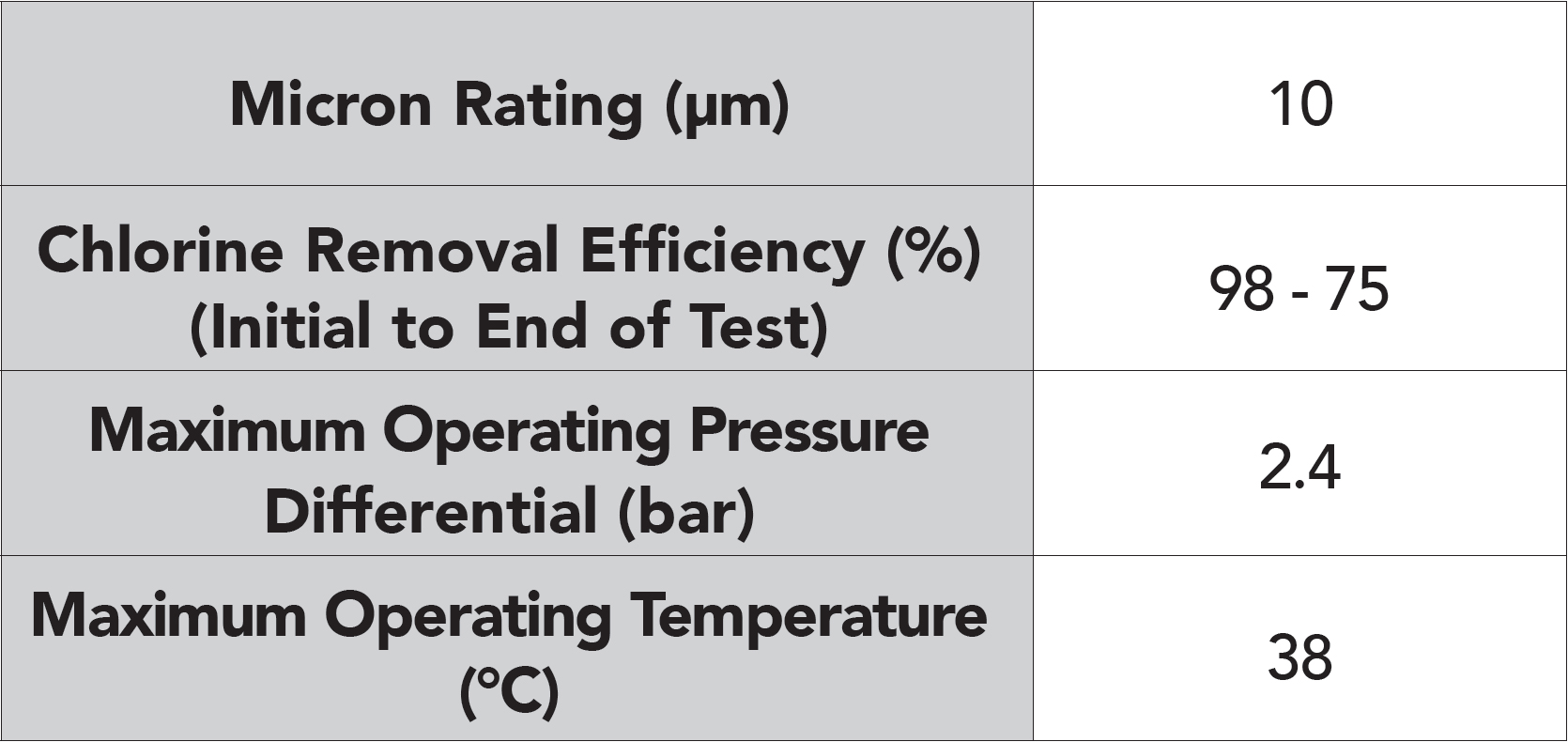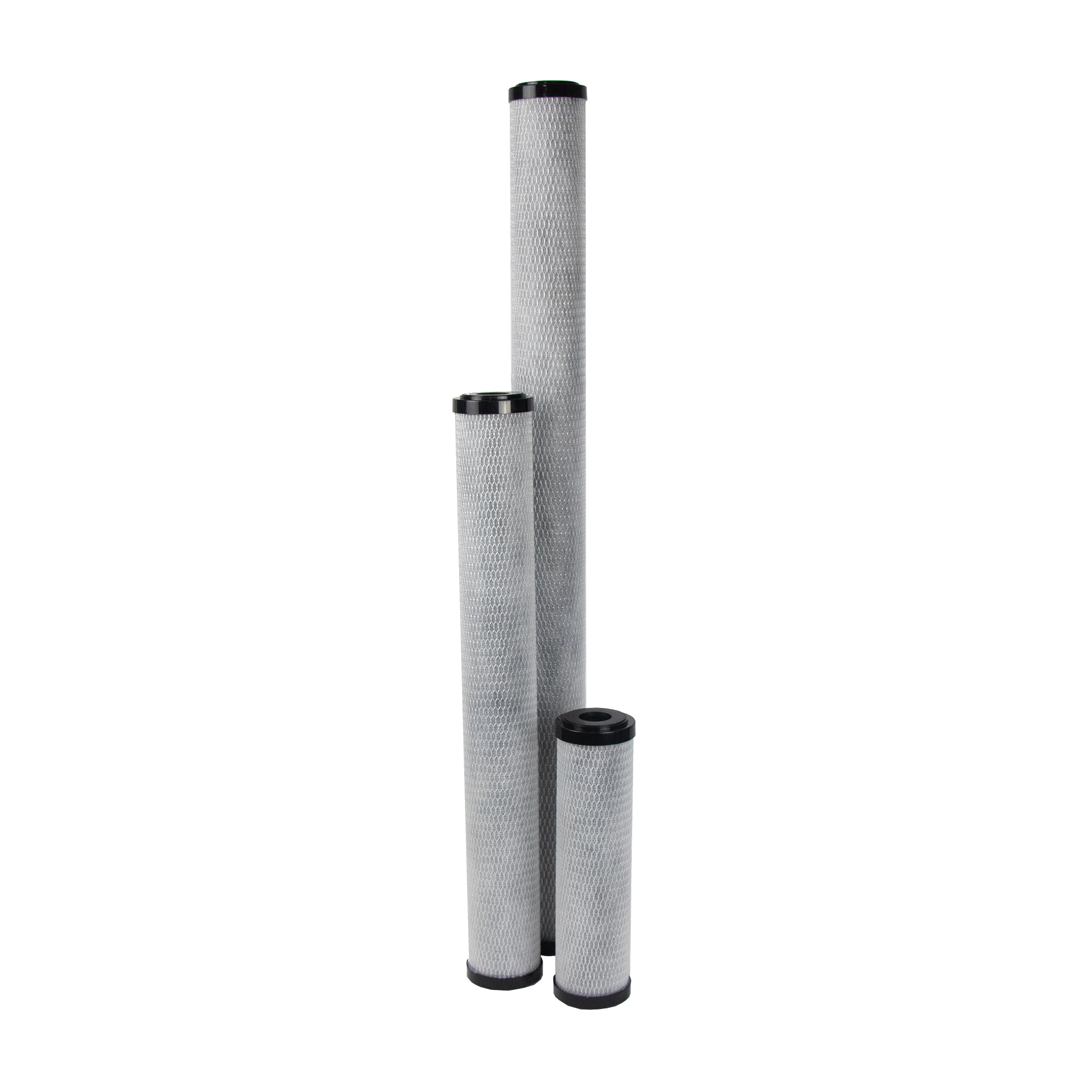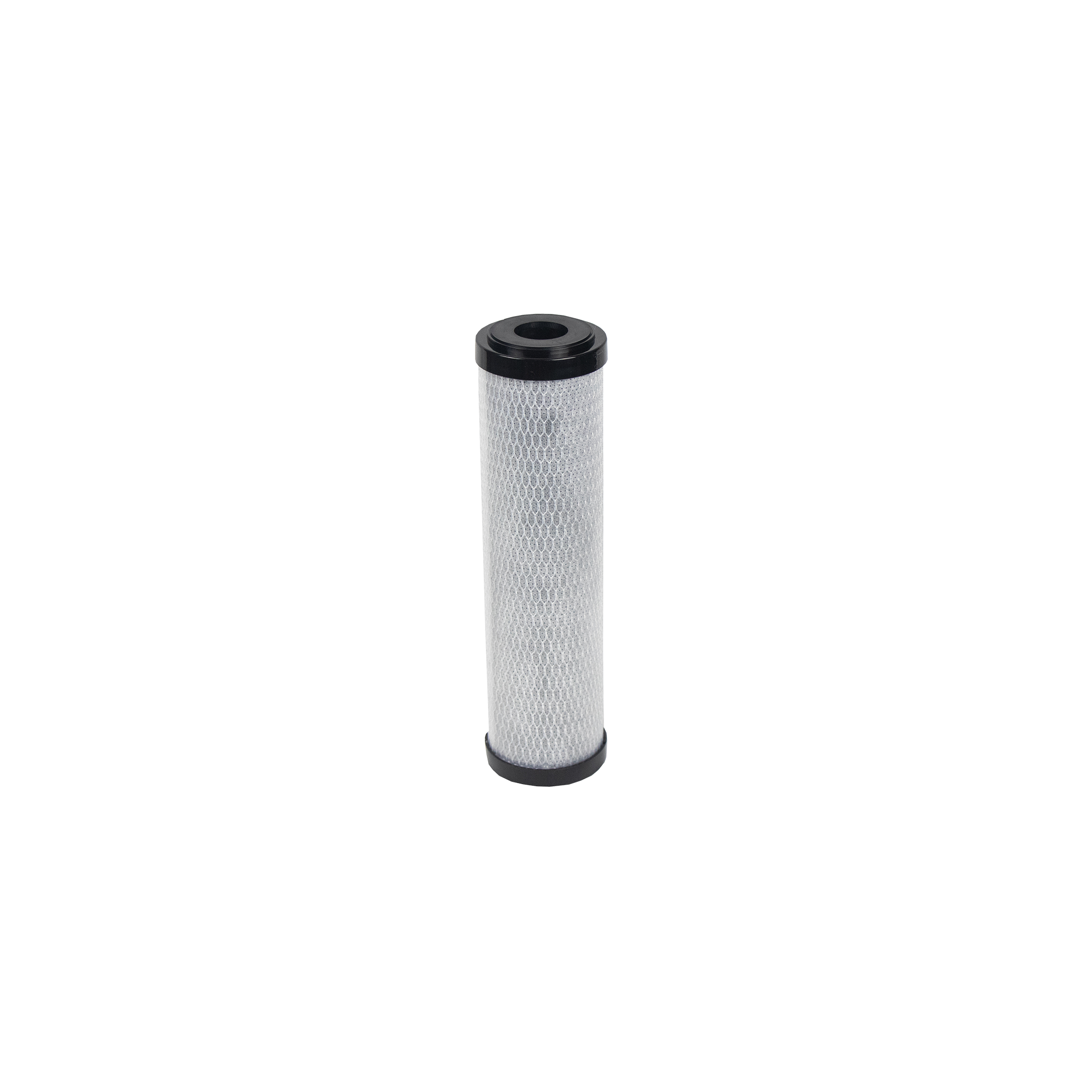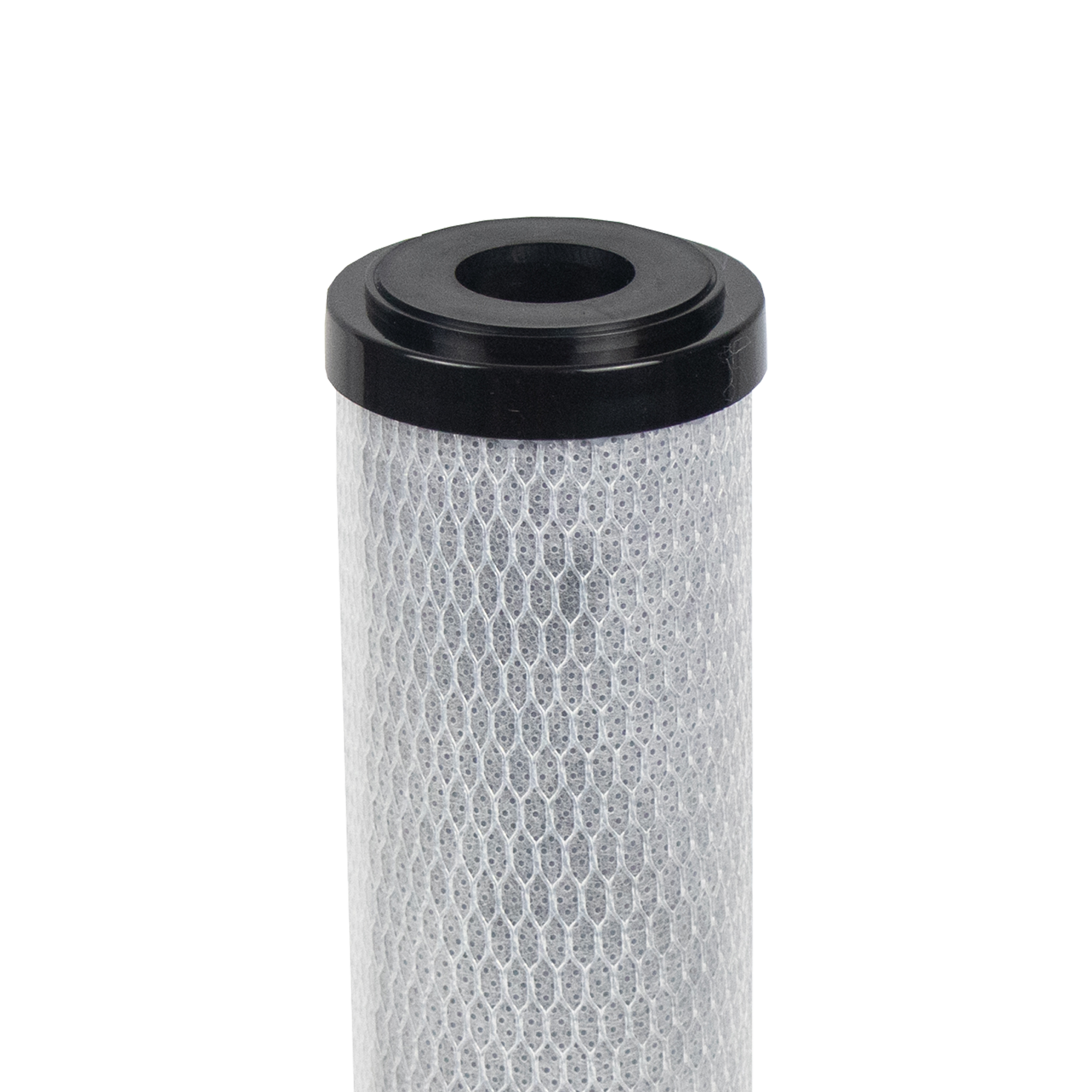FibreOnyx Electroplating Carbon Filter (SFBC-EL)
- Ultra-clean, high purity carbon prevents sulphur leaching
- Resistant to chemical breakdown in acidic and alkaline solutions
- 66mm outer diameter fits all standard housings in planting industry
- Unique structure delivers low pressure drop
- CTO reduction
- Gaskets permanently moulded onto end-caps to prevent dislodging
- Electroplating
- Surface finish


Features & Information
SPECTRUM’s offering to the electroplating industry; a carbon cartridge specifically designed to provide a sulphur free rinse in plating applications. The post filtration layer eliminates fine release, guaranteeing a clean and uncontaminated plating bath.
FAQs - SFBC-EL
The SPECTRUM SFBC-EL cartridge is specifically designed for electroplating applications, with a focus on providing a sulphur-free rinse. It effectively eliminates organic chemicals and particulate matter, ensuring a clean and uncontaminated plating bath. It also prevents the release of carbon fines after the initial flush, guaranteeing a clean plating bath.
The SFBC-EL cartridge achieves a sulphur-free rinse through its bonded powder carbon media. This media effectively captures and removes sulphur compounds, ensuring a high-quality rinse in electroplating processes.
Yes, the SFBC-EL also provides chlorine, taste, and odour reduction, similar to the SFBC.
Carbon filters work by utilising activated carbon, a highly porous material with a large surface area. When water passes through the carbon filter, contaminants come into contact with the activated carbon. The contaminants are either adsorbed onto the carbon’s surface or undergo chemical reactions that neutralise them. This process effectively removes impurities such as chlorine, volatile organic compounds (VOCs), odours, and some heavy metals, resulting in cleaner and purer water.


